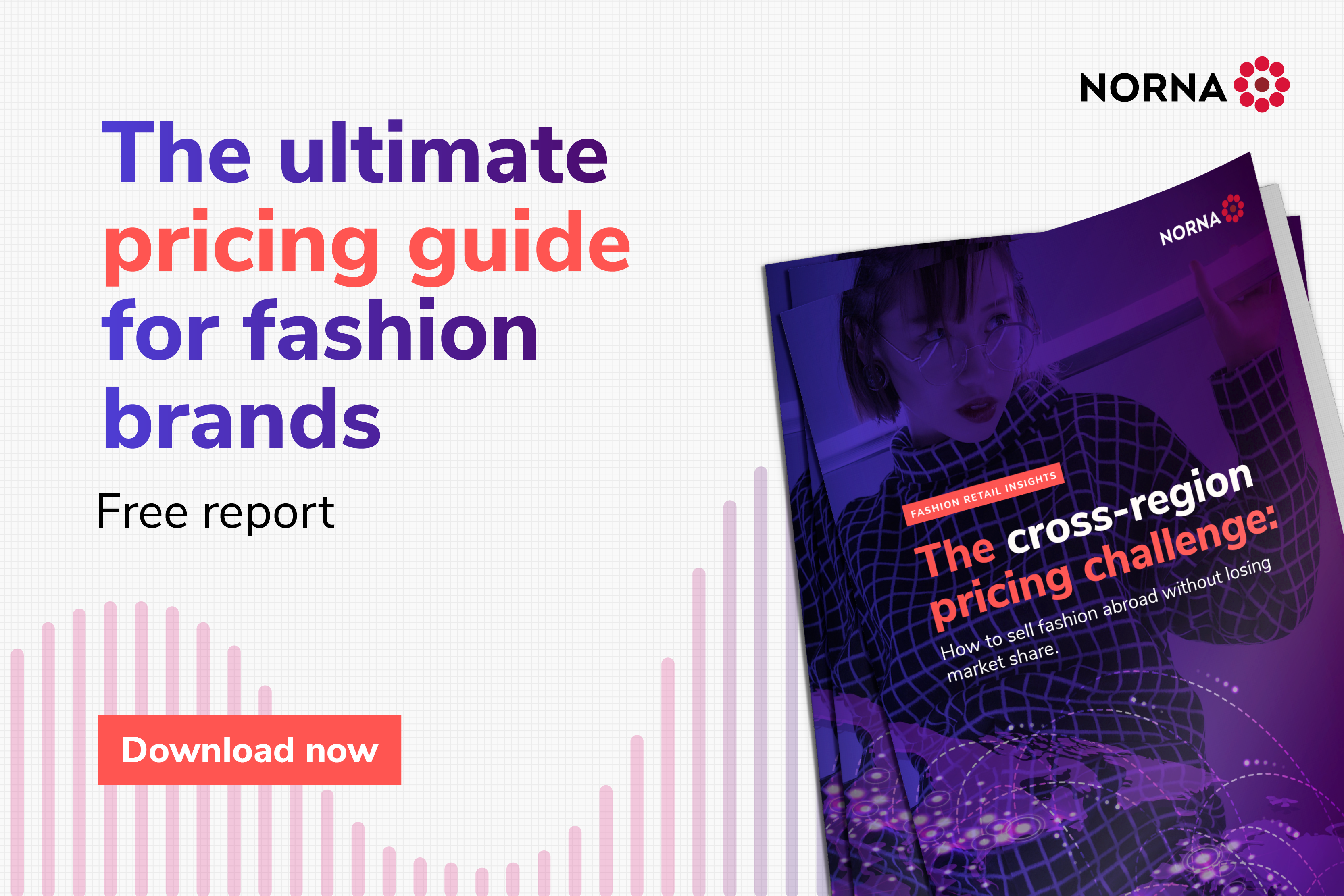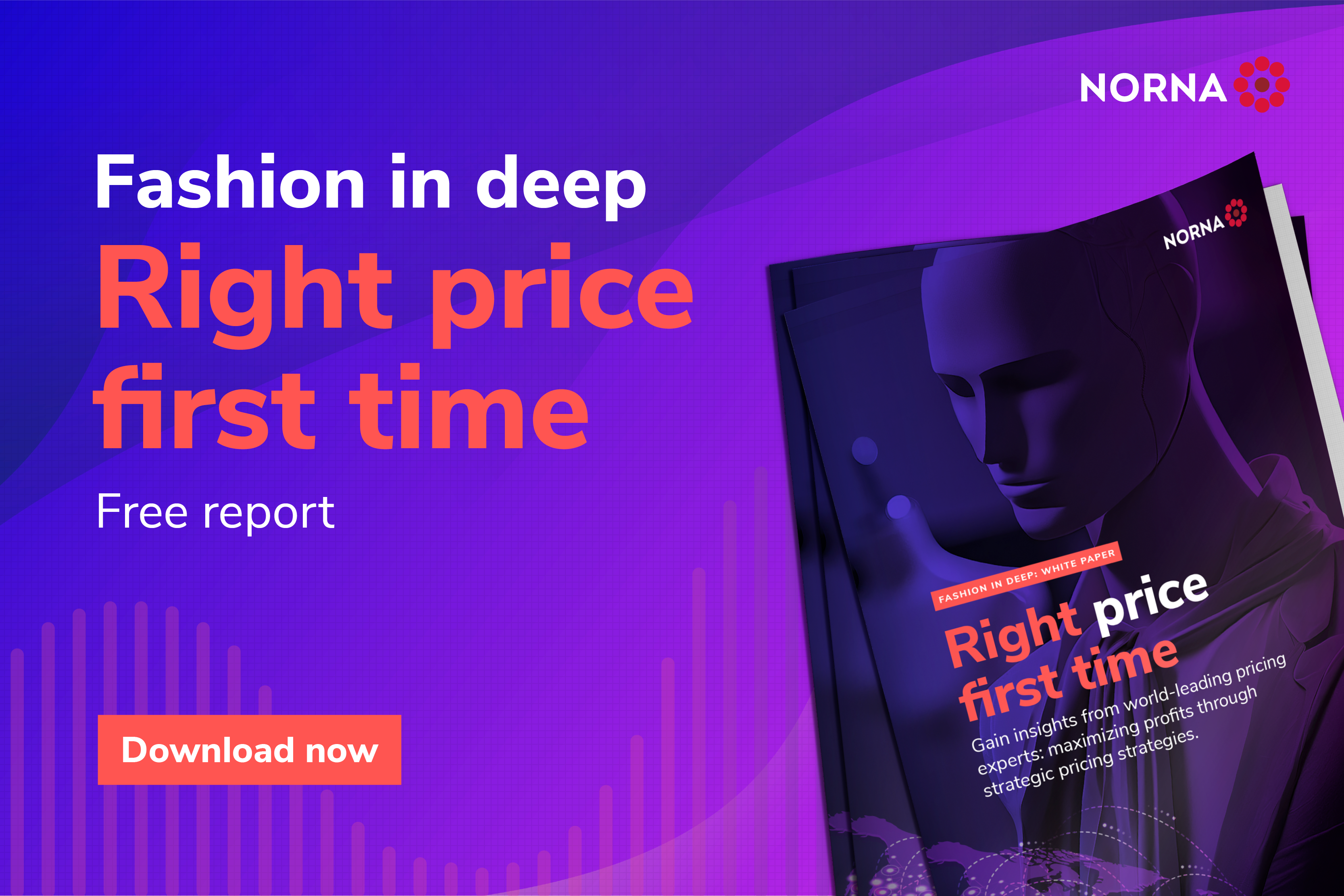
The Power of Retail Analytics – The Big Picture Retailers need to see
In today’s hyper-digital age, customers expect nothing short of a stellar experience, and that means a very high level of personalisation. They also expect a seamless and super-smooth experience with zero hiccups between online and brick & mortar stores.
At any point in their purchase journey, should they come across something that puts them off, they will swiftly move to another retailer.
Retail merchants who are looking to not only retain high customer satisfaction levels but also keep sales consistently high and much more, need to see the big picture: use retail data analytics to solve a number of key challenges.
What Retail Analytics is and how its transforming Retail
Retail analytics involves utilizing big data to optimize pricing and supply chain operations, and boost customer loyalty. Big data is a large volume of data used for understanding the patterns, trends and associations related to human behaviour and interactions.
For the retail sector in particular, big data can have huge implications because it means gaining a far deeper undertanding of customer buying patters or shopping habits and how to best gain the attention of new customers.
Therefore, big data analytics in retail can enable brand owners to create bespoke customer recommendations, based on their purchase history and preferences – with the end result being far more personalized shopping experiences and much improved customer service all in all.
The super-sized data sets can also help in forcecasting buying and shopping trends, and even in making strategic decisions based on marketing analysis more then anything else.
Retailers often collect this big data via loyalty programs. However, these days it’s more common to see retailers collect it through IP addresses, credit card transactions, user log-ins and more. The more information is available, the more retail companies can use the market insights to analyze how people are shopping and spending historically, which aids them in predicting future spending habits and, thus, make highly personalized recommendations.
Here are some examples of how retail analytics is helping retailers:
Predictive spending
Amazon is one example of how retail analytics come into play. The US retail giant uses big data to recommend items based on past search and purchase history. They recently generated 29% of their sales through their in-house recommendations engine which is responsible for anlayzing over 150 million accounts. So, as one might imagine, the eCommerce giant has reaped profits in the millions in a relatively short span of time.
More personalized customer experience
Retailers can use big data to offer better customer experiences. Costco, for example, uses transaction data collection to keep customers happy. A California-based fruit-packing company warned Costco about a possible listeria contamination in some of the fruits – the latter was quick to email specific customers who had bought the items possible affected by the contamination, rather than sending a blanket email to all their lists.
Closing thoughts
From forecasting demand in retail to customer journey analytics and better management of multiple-location retail chains, there’s a lot retail analytics can help retailers with.
Norna Analytics helps you quickly uncover hidden opportunties for improving the customer experience, satisfaction levels, increasing sales, and much more, through comprehensive data and analytics.
Don’t get left behind – jump on the retail analytics bandwagon and reap beyond amazing benefits.



